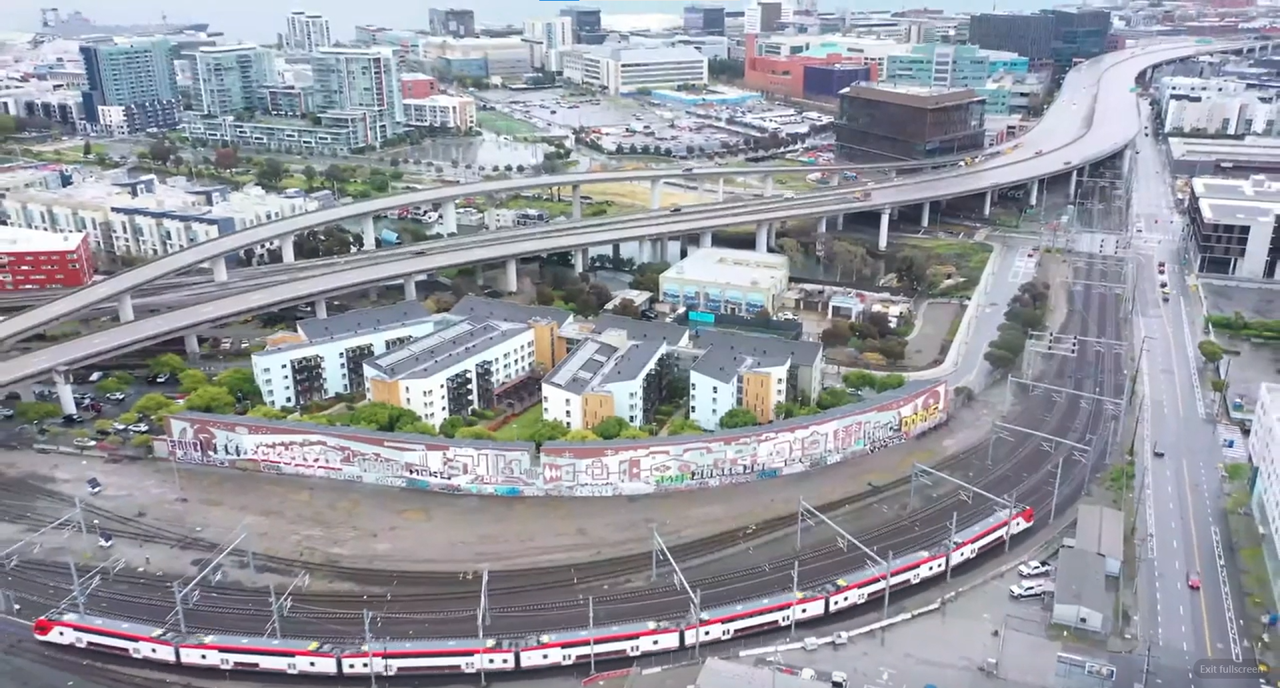 Caltrain electrification project reached an important milestone after successfully completing integrated testing between San Francisco and San Jose. Tests were conducted on the electric trains, overhead contact system, grounding, bonding, and existing infrastructure, specifically in the final segment from San Francisco to Millbrae.
Caltrain electrification project reached an important milestone after successfully completing integrated testing between San Francisco and San Jose. Tests were conducted on the electric trains, overhead contact system, grounding, bonding, and existing infrastructure, specifically in the final segment from San Francisco to Millbrae.
The success of testing allows Caltrain to stay on track for the full rollout of electrified passenger service in fall 2024. Each of the 23 electric trainsets must still complete 1,600 km (1,000 miles) of testing before passenger service can begin.
“Completion of the integrated testing between San Francisco and Millbrae means that the full corridor is ready for us to enter the final phase of testing the new electric trains. With each successful test, we draw closer to providing faster, more frequent, and sustainable service in September 2024,” Caltrain Executive Director Michelle Bouchard said.
Caltrain will continue to perform related work on April 20-21 that will require the suspension of morning and late-night train service between San Francisco and Mountain View.
Caltrain electrification project is the first one undertaking in North America in which diesel trains and their infrastructure components are transitioned to an electrified system. Caltrain is purchasing 19 new high-performance seven-car trainsets from Stadler to replace the current diesel locomotive trains. Initially, Caltrain will replace approximately 75 percent of the diesel fleet with new electric trains, which would operate between San Francisco and San Jose. In addition, the California Transportation Commission approved funding for the procurement of a 4-car battery-electric train which will be tested and if feasible, the operator will acquire six BEMUs.
The project will deliver faster and more frequent service means that the trains will provide an additional 30% capacity for passengers. The new electric trains accelerate and decelerate more rapidly than the current diesel fleet, which is how Caltrain can achieve the proposed schedule with additional frequency and faster travel times. According to the operator, weekday peak hour trains would cover 79 stations per hour, an increase from the current 66, eleven stations would experience four train arrivals hourly per direction, a notable improvement from seven stations currently and midday trains cover 44 stations per hour, up from 34 today.
Share on:



